Tom Niedenfuer
 "A relief pitcher is like a safecracker," longtime philosopher and Los Angeles Dodgers' manager Tommy Lasorda once noted. "Not everybody can go in and crack safes. Most people would be scared to death. You get into enough of those situations and it begins to take its toll."
"A relief pitcher is like a safecracker," longtime philosopher and Los Angeles Dodgers' manager Tommy Lasorda once noted. "Not everybody can go in and crack safes. Most people would be scared to death. You get into enough of those situations and it begins to take its toll."Indeed.
To be successful, a relief pitcher must have the ability to bounce back quickly from failure.
He must be blessed with an abundance of nerve and intestinal fortitude.
He must be able to forget easily.
Unfortunately, Thomas Edward Niedenfuer had the resiliency of the Dodo Bird, the nerve and intestinal fortitude of a scarecrow, and the memory of an elephant.
Niedenfuer simply couldn't get over, nor forget the devastating and gut-wrenching, game-winning gopher balls he served up to the St. Louis Cardinals' Ozzie Smith and Jack Clark in consecutive games during the 1985 National League playoffs.
In the five seasons prior to those playoffs, Niedenfuer yielded a mere 19 home runs in 344 innings, for a home run ratio of one every 18.1 innings pitched. But, in the subsequent five years, those numbers more than doubled. From 1986 to 1990, he allowed a staggering 41 four-baggers in 309 innings, for a ratio of one blast every 7.5 innings.
Unfortunately, not only did Niedenfuer lose a couple of playoff games to the Cardinals in '85, he also lost his confidence in the process.
A native of St. Louis Park, Minnesota, Niedenfuer signed with Los Angeles as an amateur free agent in 1980. He played in the big leagues for 10 seasons with the Dodgers, Orioles, Mariners and Cardinals.
Ironically, his best season was with the Dodgers in 1985 when he posted a 7-9 record and 2.71 earned run average while registering career highs in saves with 19 and strikeouts with 102 in 64 games.
--------------------
[1] Crowe, Jerry. "'Bullpen Burnout,' A Common Ailment in Major Leagues." Baseball Digest, August 1987, 33-38.

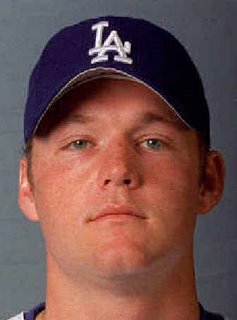
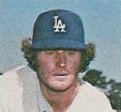


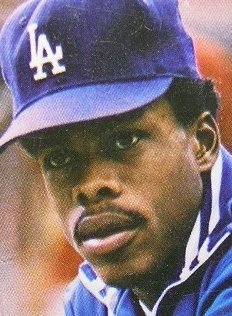 Rudy Karl Law
Rudy Karl Law

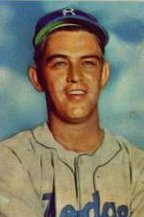

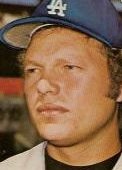
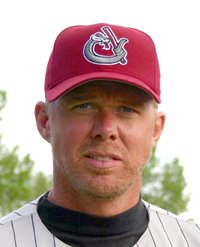

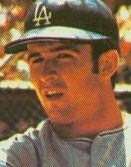
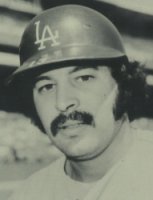
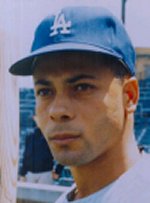 Although
Although 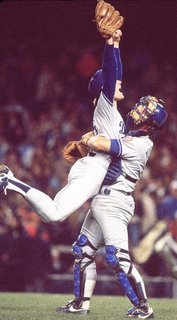
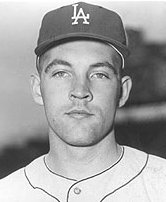

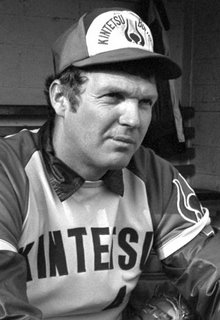
 Former Los Angeles Dodgers' General Manager Fred Claire was much maligned for his player personnel moves.
Former Los Angeles Dodgers' General Manager Fred Claire was much maligned for his player personnel moves.